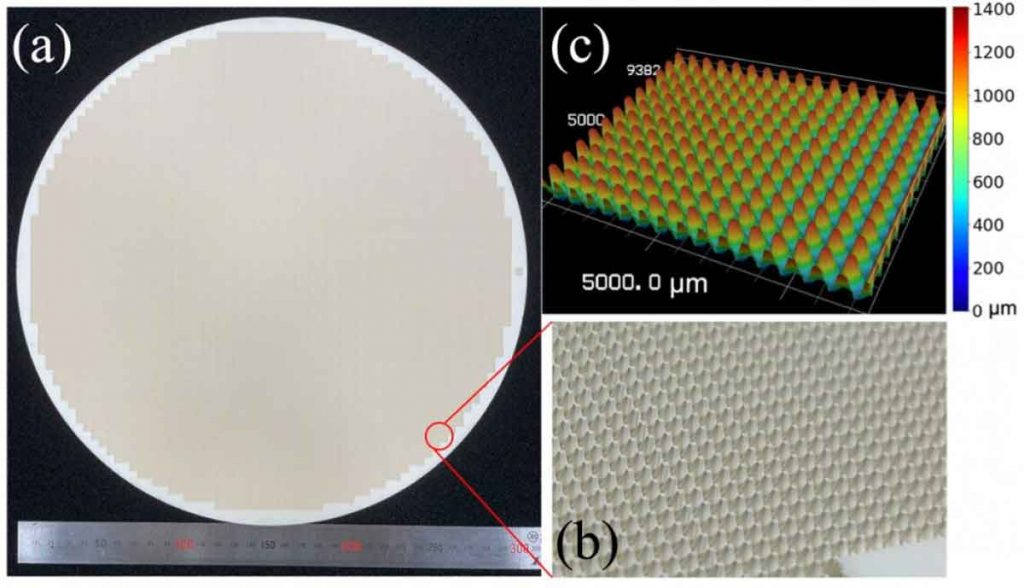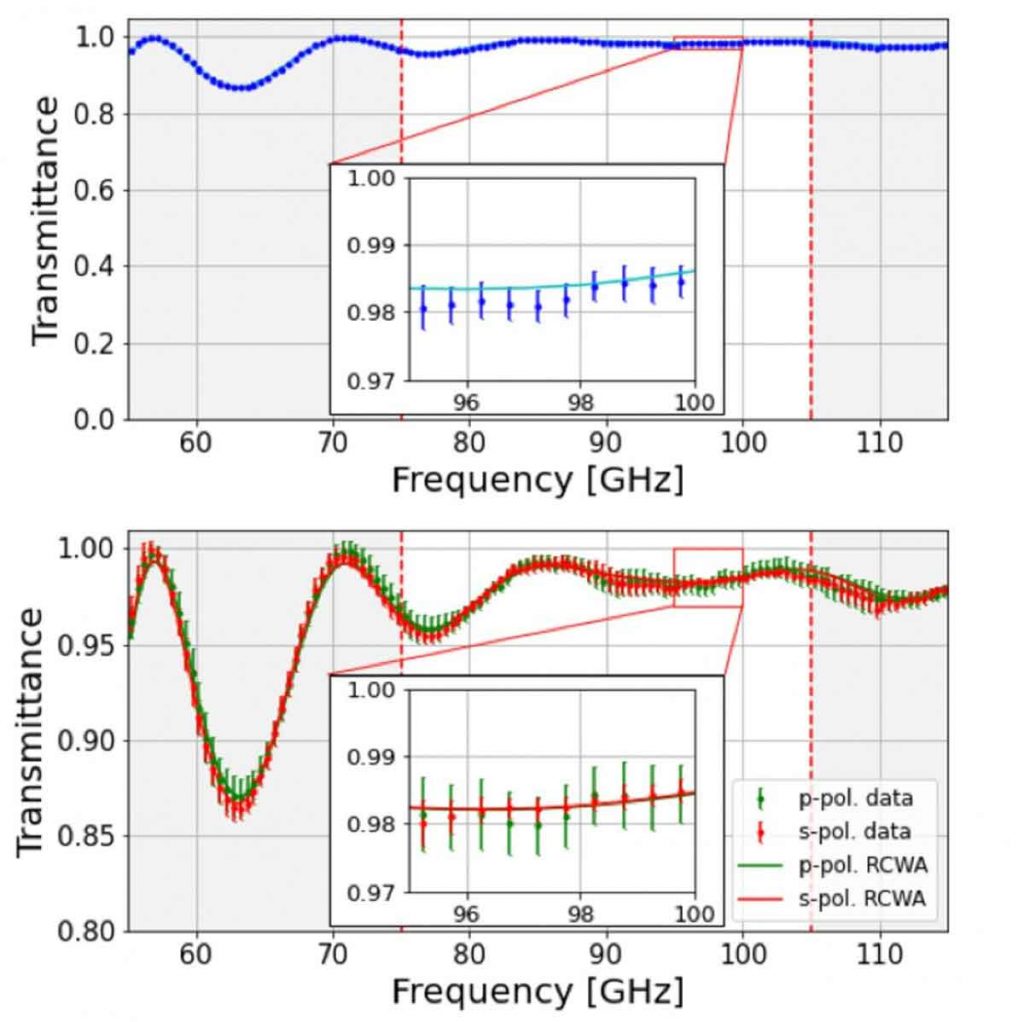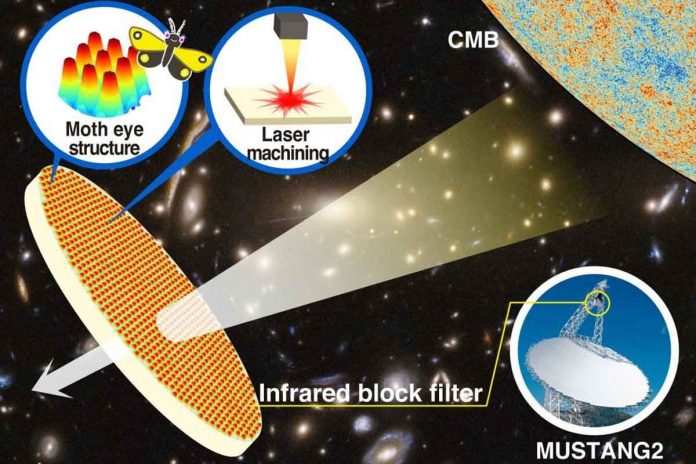Kavli Institute for the Physics and Mathematics of the Universe and University of Minnesota scientists have made a new type of optical element. It will improve the performance of telescopes studying radiation from the Big Bang.
The cosmic microwave background (CMB) is a relic radiation remnant from the big bang. It travelled 14 billion years since the birth of the Universe to reach our telescopes. Scientists have studied the properties of this radiation. Scientists infer the physics of the big bang, how clusters of galaxies form and the matter and energy content in the Universe.
Telescopes must be tuned to wavelengths in which it is most intense to study the CMB. They must separate out shorter wavelength radiation that the atmosphere and Milky Way emit. The most effective optical elements absorb the short wavelength radiation. It lets the CMB pass through is alumina.
It is a material made of aluminum and oxygen. It is second in hardness only to diamond. Alumina (aluminium oxide) reflects almost 50% of the radiation impinging on it. Scientists have come up with a new way to fabricate anti-reflective structures that reduce reflections fifty-fold.

Scientists have operated the MUSTANG2 instrument. It was coupled with the Green Bank Telescope in Virginia. Scientists provided the MUSTANG2 team with an alumina short-wavelength absorber. It had the new anti-reflective structures. The MUSTANG2 instrument is now conducting sky observations with the new technology.

Scientists patterned the alumina with small pyramidal structures. These are about one millimeter tall, and repeat across the 30 cm diameter with a periodicity of just less than one millimeter. Incorporating such structures on the surfaces of materials reduces reflections. Light enters and is leaving the material more gradually, with the small pyramids. This leads to much lower reflection.
The new innovation is in the way they patterned the alumina. It is hard to be machined with standard tools. Scientists used ultra-short pulsed laser, with pulses few trillionths of a second long and reaching 100 megawatts each. They wanted to ablate the material away and to shape the surface relief to its optimal anti-reflective shape. After four days of laser process produced 320,000 pyramids on both sides of the alumina disc.
Scientists measured the properties of the alumina sample and showed that it reflects less than 1% of the incident radiation. For the first time such an optical element has been fabricated and coupled to an operating instrument. It is the largest sample of alumina to have been laser-ablated.

